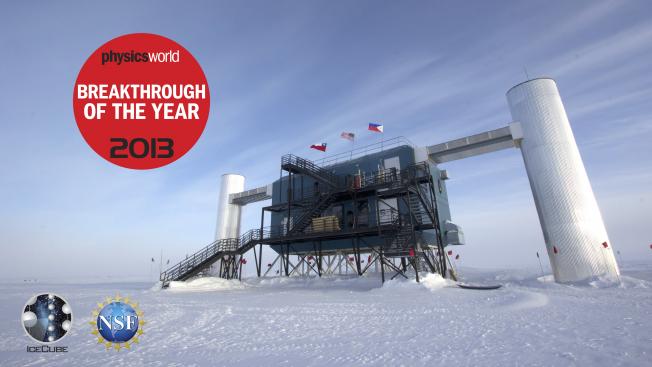The Impact of Heavy Nuclei on the Cosmogenic Neutrino Flux
ArXiv astro-ph/0407618 (2004)
Abstract:
As ultra-high energy cosmic ray protons propagate through the universe, they undergo photo-meson interactions with the cosmic microwave background, generating the `cosmogenic' neutrino flux. If a substantial fraction of the cosmic ray primaries are heavy nuclei rather than protons, however, they would preferentially lose energy through photo-disintegration, so the corresponding neutrino flux may be substantially depleted. We investigate this issue using a Monte Carlo simulation of cosmic ray propagation through interagalactic radiation fields and assess the impact of the altered neutrino fluxes on next generation neutrino telescopes.Review of particle physics
592:1-4 (2004) 1-5
Abstract:
This biennial Review summarizes much of Particle Physics. Using data from previous editions, plus 1726 new measurements from 512 papers, we list, evaluate, and average measured properties of gauge bosons, leptons, quarks, mesons, and baryons. We also summarize searches for hypothetical particles such as Higgs bosons, heavy neutrinos, and supersymmetric particles. All the particle properties and search limits are listed in Summary Tables. We also give numerous tables, figures, formulae, and reviews of topics such as the Standard Model, particle detectors, probability, and statistics. Among the 119 reviews are many that are new or heavily revised including those on neutrino mixing, CP violation in K, D, and B mesons, Vcb, the new exotic Θ(1540) particle, extra-dimensions, grand unified theories, cosmic background radiation, dark matter, cosmological parameters, and big bang cosmology. A booklet is available containing the Summary Tables and abbreviated versions ofsome of the other sections of this full Review. All tables, listings, and reviews (and errata) are also available on the Particle Data Group website: http//pdg.lbl.gov. ©2004 Regents of the University of California.Reply to ``Cuts and penalties: comment on `The clustering of ultra-high energy cosmic rays and their sources' ''
Phys.Rev.D 69 (2004) 128302-128302
Abstract:
We reiterate that there is no evidence that BL Lacs are sources of ultrahigh energy cosmic rays.Big Bang Nucleosynthesis (in "The Review of Particle Properties" 2004)
ArXiv astro-ph/0406663 (2004)



